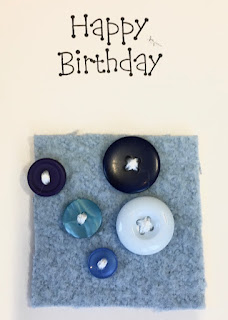Whilst I was on a field visit to Boughton House in Northampton being shown some magnificent tapestries and upholstery dating back to Charles II’s reign, it suddenly struck me that we’re never shown any of the household textiles in these stately homes. So, I decided to write my dissertation on them.
As they’ve largely disappeared, I was following a paper trail of probate inventories, household accounts and sales catalogues for the sales of country houses like this one for a sale at Horton Hall in Northamptonshire in 1772 with numerous lots of tablecloths and napkins.
When there was any mention of sheets, tablecloths, towels and those necessary bits of cloth we still have today, and which Sarah Churchill, the first Duchess of Marlborough at Blenheim Palace, referred to as ‘Linnen for the Kitchen House Maid Butler & Housekeeper the particulars not worth putting down’ - how I wished she’d put them on the list too!
There were some fascinating details amongst the archives. The accounts at Warwick Castle for 1665 showed large numbers of sheets being required.
Item 183 ells ¼ of Flaxen cloath for Sheets
Item 40 ells of Hempen cloath for Sheets
A payment of £3.2s.4d was made to one Ann Newcombe by Ragley Hall ‘For Marking 36 pare of Sheets’ and 421 further items of household linen. These marks were probably similar to these on a Victorian tablecloth from Chatsworth House.
This inventory for Stoneleigh Abbey has a wonderful list of sheets stored in chests in 1738, as well as lots of material waiting to be sewn into more!
Mrs. Hayes, the housekeeper at Charlecote Park in the mid-eighteenth century, kept a Household Book in which, amongst other things, she made lists of the linen. There were sheets for Mr. Lucy’s bed and large numbers of damask table cloths with sets of napkins. Mrs. Hayes even recorded buying ‘3 pieces for Dishcloaths’ at Warwick Fair in March 1754.
One of the pleasant things about ferreting round in archives is that you sometimes find something wonderful, like this list of children’s linen from the Stoneleigh documents for 1637, incidentally showing how spelling and terminology has changed, as pillow boards are now pillow cases.
So, although there aren’t many household textiles on view in country houses, it is possible to find out about them in other ways. And who knows, there may just be some out there hidden away in an attic that will come to light someday.
Many thanks to Liz for sharing this glimpse into an aspect of domestic life that is now long-gone.



















































